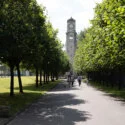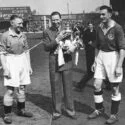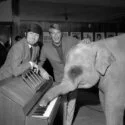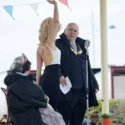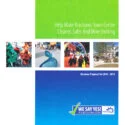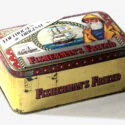Amy Johnson’s connection to Blackpool began when her sister, Mollie, and her husband, Trevor Jones, moved to Newton Drive in the town in 1933. Trevor, who had been appointed Assistant Town Clerk, would later tragically take his own life in 1955, after rising to the position of Chief Town Clerk. Amy herself had a brief but poignant association with Blackpool, which ended in 1941 when she left the town’s aerodrome to embark on her final, fateful journey during her service with the Air Transport Auxiliary in World War II. An accomplished and determined woman, Amy Johnson had already made her mark on the world by 1930 with her groundbreaking solo flight to Australia. This achievement not only brought her international fame but also made her a symbol of female independence. Before embarking on this historic flight, her longest journey had been a short trip to Hull from London to visit her parents. She had learned to fly at Stag Lane Aerodrome in North London, where she also earned her mechanics certificates, demonstrating both her technical expertise and adventurous spirit.
In the early 1930s, after Amy’s fame had firmly taken root in the public consciousness, Blackpool was embroiled in discussions about the location for the town’s new municipal airport. The Stanley Park Aerodrome, already in use, was deemed unsuitable due to its proximity to residential areas and a site that the council wanted to sell for a new hospital. Squire’s Gate Airport, now called Blackpool Airport, historically significant as the site of the first public air show in the UK in 1909, was another option. Amid these debates, Amy’s name was suggested as a figure who could help promote the airport’s development, with some advocating for the Squire’s Gate location, arguing that her fame could help attract attention to the project. However, the proposal to use Stanley Park won out in the short term, and a hangar and clubhouse were constructed. When World War II broke out, the military took over the airport, and after the war, Squire’s Gate became the town’s municipal airport. In June 1931, Amy Johnson was in Blackpool for the Air Pageant, where she was one of the participating pilots. The event also featured famous figures such as the Schneider Cup aces and Winifred Brown, winner of the 1930 King’s Cup race. The pageant included thrilling gliding displays, aerobatics, and a non-stop race to London, with a gold cup and other prizes on offer.
Later that year, Amy returned to Blackpool for a lecture at the Grand Theatre, recounting her solo flight to Australia the previous year. The town turned out in force to welcome her, with hundreds of people waiting at Stanley Park Aerodrome for her arrival. However, a traffic hold-up meant Amy had to make her way to the theatre via the rear entrance. Unfortunately, her exit was less discreet, and she was surrounded by a throng of adoring fans, necessitating a police escort to the Tower Restaurant, where she was a guest of the Tower and Winter Gardens Company. Her lecture, accompanied by lantern slides, detailed how she had meticulously planned her flight before even having a plane to fly in and how she had worked in London to save the money needed to fund the adventure. Her account also included tales of the crashes and near-misses she had experienced along the way, showcasing her resilience and determination.
For more on Amy Johnson’s career and her connection to Blackpool, see the post on CMR Online.
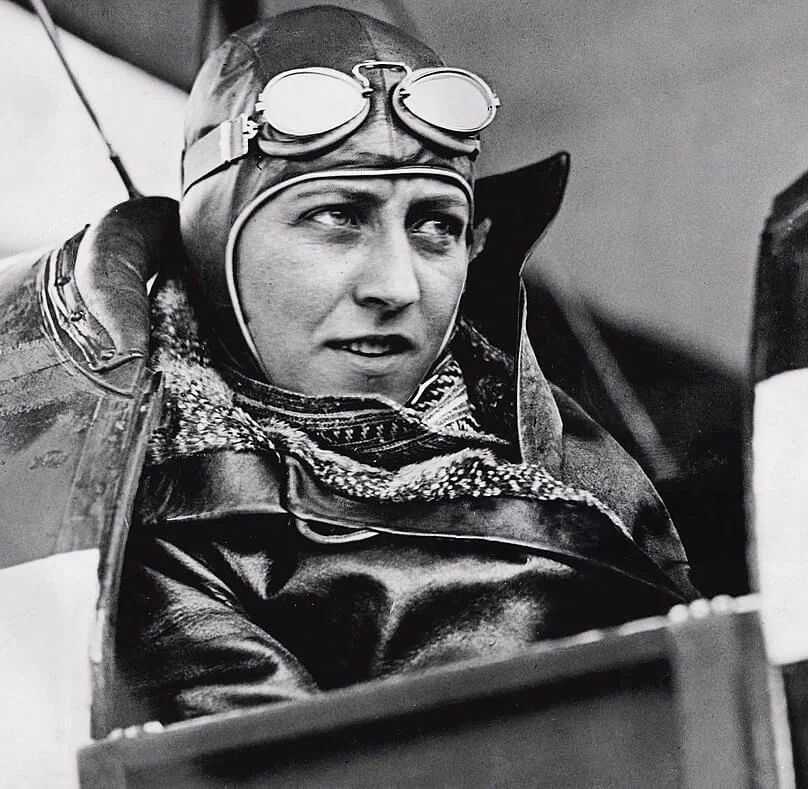
The image above shows Amy Johnson in her Gipsy Moth leaving Australia for Newcastle, 14 June 1930.
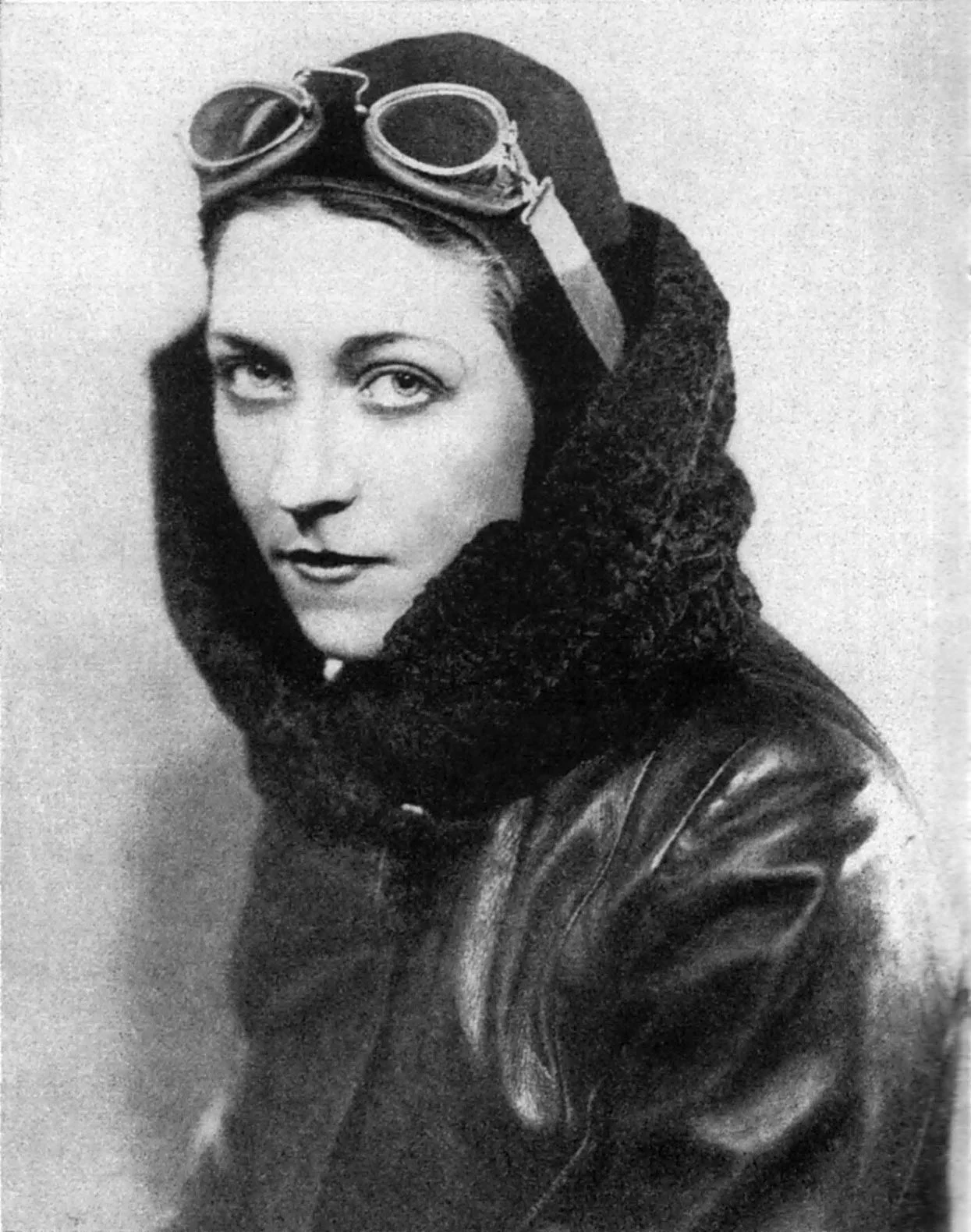
Featured Image © Andy DingleyPublic Domain
Text source: CMR Online’swebsite




